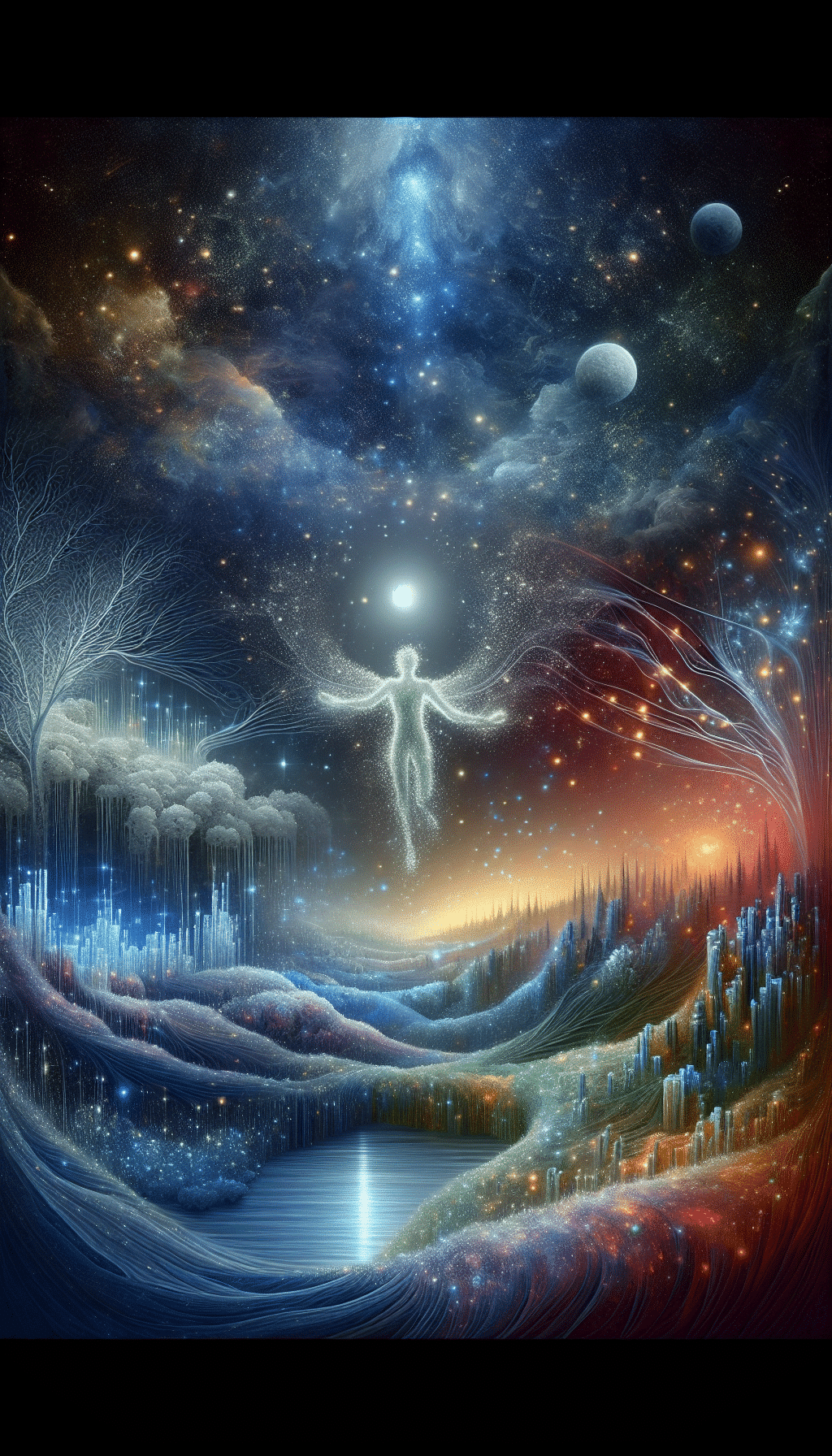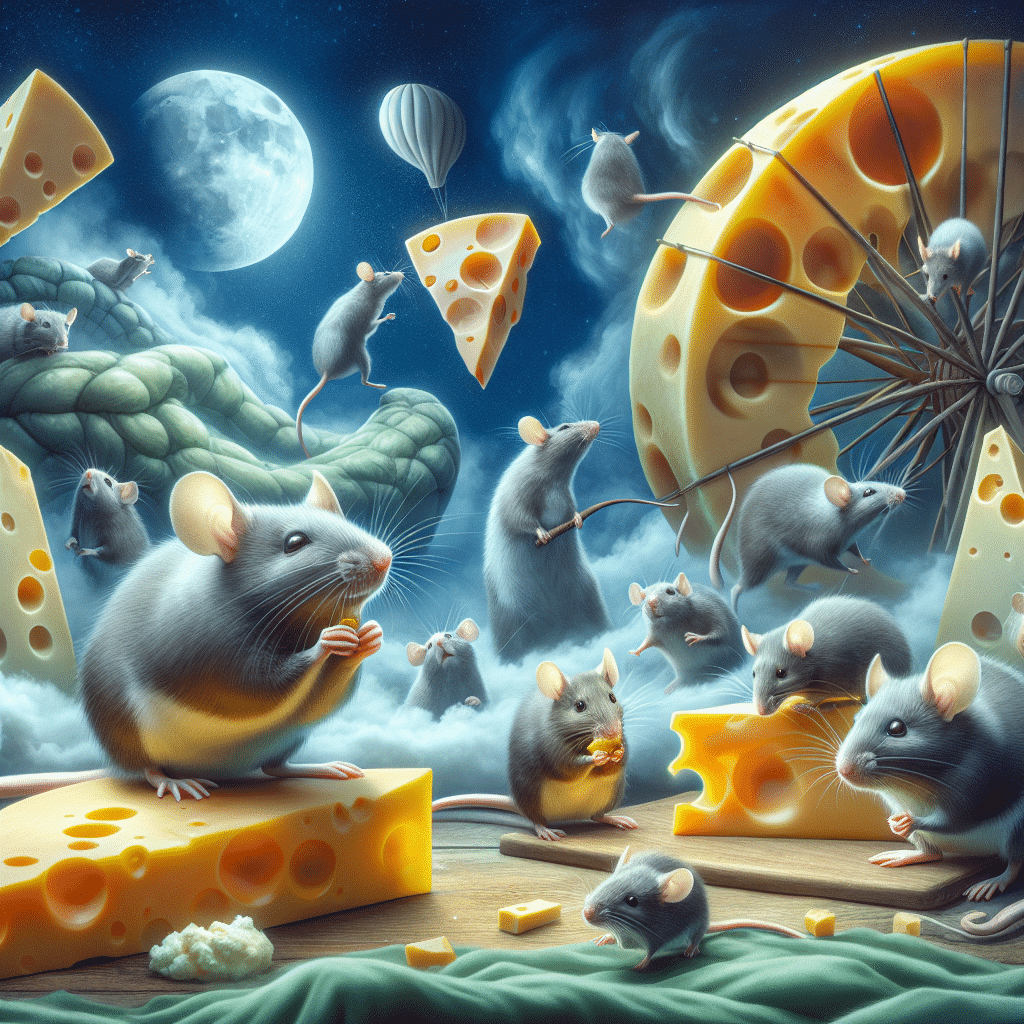
Welcome to the fascinating world of D Dreams, a topic that has intrigued and captivated people for centuries. Dreams are a natural part of human existence, holding a unique place in our psyche and culture. Let’s delve deeper into the psychology, variations, and cultural interpretations of these enigmatic D Dreams.
The Psychology of Dreams
Dreams have fascinated psychologists and researchers for centuries, as they provide insights into the subconscious mind and have been linked to various psychological processes. According to Sigmund Freud, dreams are the “royal road to the unconscious,” where unfulfilled desires and repressed thoughts manifest themselves in symbolic form. Freud believed that dreams allowed individuals to explore their deepest urges and fears without inhibition, offering a window into their innermost thoughts.
Modern psychologists have expanded on Freud’s theories, suggesting that dreams serve several purposes, including processing emotions, consolidating memories, and problem-solving. During Rapid Eye Movement (REM) sleep, which is when most dreaming occurs, the brain is highly active, and various regions communicate in unique ways. This neural activity during dreaming has been linked to creativity, emotional regulation, and the integration of new information.
Research also suggests that dreams can help individuals understand and address unresolved issues or conflicts. By analyzing recurring themes or symbols in dreams, psychologists can uncover underlying emotions or anxieties that may be impacting a person’s well-being. Dream analysis has been utilized in therapy to assist clients in exploring their feelings, gaining self-awareness, and developing coping strategies.
While the exact purpose and meaning of dreams remain a topic of debate in the field of psychology, there is consensus that dreams play a significant role in the human experience. Whether they are a product of the subconscious mind or simply a byproduct of brain activity during sleep, dreams continue to intrigue and captivate individuals across cultures and time periods.
The Different Variations of D Dreams
What are D dreams, and why are they significant in the realm of dreaming? D dreams, also known as “deep dreams,” are characterized by their incredibly vivid and detailed nature. These dreams often feel more intense and immersive than regular dreams, leading individuals to question the source and meaning behind them.
One common variation of D dreams is lucid dreaming, where individuals are aware that they are dreaming and can sometimes manipulate the dream’s narrative. This phenomenon has sparked interest among psychologists and researchers, as it offers insights into the complexities of the human mind and consciousness.
Another variation of D dreams is recurring dreams, where individuals experience the same dream multiple times. These dreams often carry symbolic or unresolved meanings that individuals may need to address in their waking life. Understanding these recurring dreams can provide valuable insights into one’s subconscious thoughts and emotions.
Prophetic dreams are yet another variation of D dreams that have intrigued cultures throughout history. These dreams are believed to foretell future events or offer guidance to individuals in times of uncertainty. While the validity of prophetic dreams is debatable, their impact on individuals’ beliefs and decisions cannot be denied.
Nightmares, on the other hand, represent a darker variation of D dreams, characterized by intense fear and distress. These dreams can be caused by various factors, such as stress, trauma, or unresolved emotions. Exploring the themes and symbols in nightmares can help individuals address underlying issues and find ways to overcome their fears.
Overall, D dreams encompass a wide range of variations that reflect the complexity and depth of the human subconscious. By exploring these different types of dreams, individuals can gain valuable insights into their thoughts, emotions, and beliefs, ultimately leading to personal growth and self-discovery.

The Comparative Study of Dream Meanings in Different Cultures
It is fascinating to explore the interpretations and meanings of dreams across various cultures and societies. While some symbols and themes in dreams may be universal, others are influenced by cultural beliefs and traditions. Let’s delve into the comparative study of dream meanings in different cultures:
Western Culture
In Western cultures, dreams are often viewed as a reflection of the dreamer’s subconscious thoughts and desires. Dream analysis is commonly practiced in psychology and therapy, where therapists help individuals interpret their dreams to gain insights into their emotional state and subconscious mind. Common dream symbols in Western culture include falling, flying, being chased, and teeth falling out, each with its own interpretations and meanings.
Eastern Culture
Eastern cultures, such as those in China, Japan, and India, have rich traditions of dream interpretation. In these cultures, dreams are often seen as messages from the spiritual realm or ancestors. Dream symbols are believed to carry specific meanings that can guide individuals in their waking life. For example, dreaming of certain animals or natural elements may symbolize luck, prosperity, or warnings about future events.
Indigenous Cultures
Indigenous cultures around the world have unique perspectives on dreams and their meanings. Dream interpretation is often integrated into spiritual practices and rituals, with dreams serving as a means of communication with the spirit world. In many indigenous communities, dreams are seen as prophetic visions that can provide guidance, healing, and protection. Dream symbols are deeply rooted in the cultural beliefs and traditions of each community, reflecting their connection to the natural world and ancestral spirits.
African and Caribbean Cultures
In African and Caribbean cultures, dreams are believed to possess powerful spiritual significance. Dream symbols are often interpreted within the context of traditional religious beliefs and practices, such as Vodou, Santeria, or tribal customs. Dreams are seen as a way to communicate with deities, ancestors, or spirits, offering insights into one’s destiny, relationships, and health. Dream interpretation in these cultures is deeply ingrained in the cultural fabric, shaping beliefs and behaviors in everyday life.
D Dreams: Cultural Interpretations and Beliefs
Dreams have always held significance in various cultures around the world. The interpretation of dreams varies greatly depending on cultural beliefs and traditions. In some cultures, dreams are seen as messages from the spiritual realm, offering guidance or warnings to the dreamer. In others, dreams are seen as a window into the subconscious mind, revealing hidden desires or fears. Let’s explore some cultural interpretations of dreams:
Native American Cultures
In many Native American cultures, dreams are considered an important part of spiritual life. Dream catchers, for example, are believed to protect the dreamer from negative dreams while allowing positive dreams to pass through. Dreams are seen as messages from ancestors or spirits, providing guidance and insight into the dreamer’s life.
Chinese Culture
In Chinese culture, dreams are often seen as reflections of the dreamer’s current state of mind or health. Dream interpretation is a common practice, with specific symbols carrying various meanings. For example, dreaming of certain animals or objects may be seen as auspicious or ominous, depending on the context of the dream.
African Cultures
In many African cultures, dreams are believed to have prophetic qualities, offering a glimpse into the future. Dream interpreters play a significant role in these cultures, helping individuals understand the messages conveyed in their dreams. Dreams are also seen as a way to communicate with ancestors or spirits, seeking their guidance or blessings.
Overall, the interpretation of dreams varies widely across different cultures, reflecting the diverse beliefs and traditions of each society. Whether seen as spiritual messages or reflections of the subconscious mind, dreams continue to hold a special significance in cultures around the world.

Summary:
In conclusion, D Dreams offer a fascinating insight into the human mind, with various psychological and cultural interpretations. Understanding the different variations of dreams and the meanings attached to them can provide valuable insights into a person’s subconscious thoughts and emotions. By comparing dream interpretations across cultures, we can see the universal themes that resonate with people around the world. Ultimately, D Dreams serve as a bridge between our conscious and subconscious selves, offering a glimpse into our innermost desires, fears, and hopes.






